
Plan Ahead - Don’t Wait Until You’re Out of Pills
If you’re heading out for weeks or months, waiting until your last pill is gone is a recipe for disaster. You don’t want to be stuck in a foreign country with no access to your blood pressure meds, insulin, or antidepressants. Start planning at least 30 days before departure. That’s not overkill - it’s the difference between peace of mind and a medical emergency.
Call your pharmacy first. Ask if they can give you a 90-day supply instead of 30. Most insurance plans now allow this under what’s called a “vacation override.” According to a 2023 report from Express Scripts, 92% of major U.S. insurers approve early refills for travel if you provide proof of your trip. All you usually need is your travel itinerary or a flight confirmation email.
Don’t assume your plan works the same way as your neighbor’s. Blue Cross Blue Shield of Michigan lets you refill up to 14 days early. UnitedHealthcare only allows 7 days. Check your plan’s rules. If you’re unsure, call the number on your insurance card and ask: “Can I get an early refill for my maintenance meds if I’m traveling for two months?”
Know the Rules for Controlled Substances
If you take opioids, stimulants like Adderall, or benzodiazepines like Xanax, you’re dealing with stricter rules. In 48 states, pharmacy boards enforce a “28-day rule” - meaning you can’t refill a 30-day prescription for a controlled substance until 28 days have passed since the last fill. That’s a problem if your trip is longer than your current supply.
Here’s how to handle it: Ask your doctor for a prescription with a later fill date. For example, if you’re leaving in three weeks and your current script runs out in 45 days, ask for a new script dated to start after you return. Some doctors will write two scripts - one for before you leave, and one to be picked up after you come back.
And never, ever try to carry extra controlled substances across borders without documentation. Countries like Japan, Thailand, and the UAE treat even small amounts of prescription opioids as illegal drugs. You could be arrested.
Bring Copies - Not Just Pills
When you’re overseas, pharmacies don’t speak English. A bottle with your name on it means nothing to a pharmacist in Rome or Bangkok. You need paper proof.
Get a letter from your doctor on official letterhead. It should list:
- Your full name and date of birth
- Each medication name (brand and generic)
- Dosage and frequency
- Why you need it (e.g., “for hypertension,” “for ADHD”)
- Your doctor’s license number and contact info
Also bring a copy of your original prescription - printed, not just a screenshot on your phone. Some countries require it. Others won’t accept your U.S. prescription at all, even with a letter.
For high-risk meds, get the letter notarized. It sounds like a hassle, but it’s cheaper than being denied entry or having your meds confiscated.
Pack Smart - Two Containers, Two Places
Dr. Jennifer Schaefer from the American Pharmacists Association says it best: “Take your medication in two separate containers that you keep in two separate places.”
Here’s how:
- Put your daily pills in a small, clear plastic container in your carry-on. Label it clearly with your name and the drug name.
- Keep your backup supply in your checked luggage - in its original bottle, with the pharmacy label still on.
Why? If your carry-on gets lost, you still have a full supply. If your checked bag disappears, you’ve got at least a few days’ worth to get help.
And don’t forget TSA rules: You can bring liquids over 3.4 ounces - like insulin pens or liquid antibiotics - as long as you tell the officer at security. Declare them. Show the original prescription if asked. 98% of U.S. airports accept this without issue.
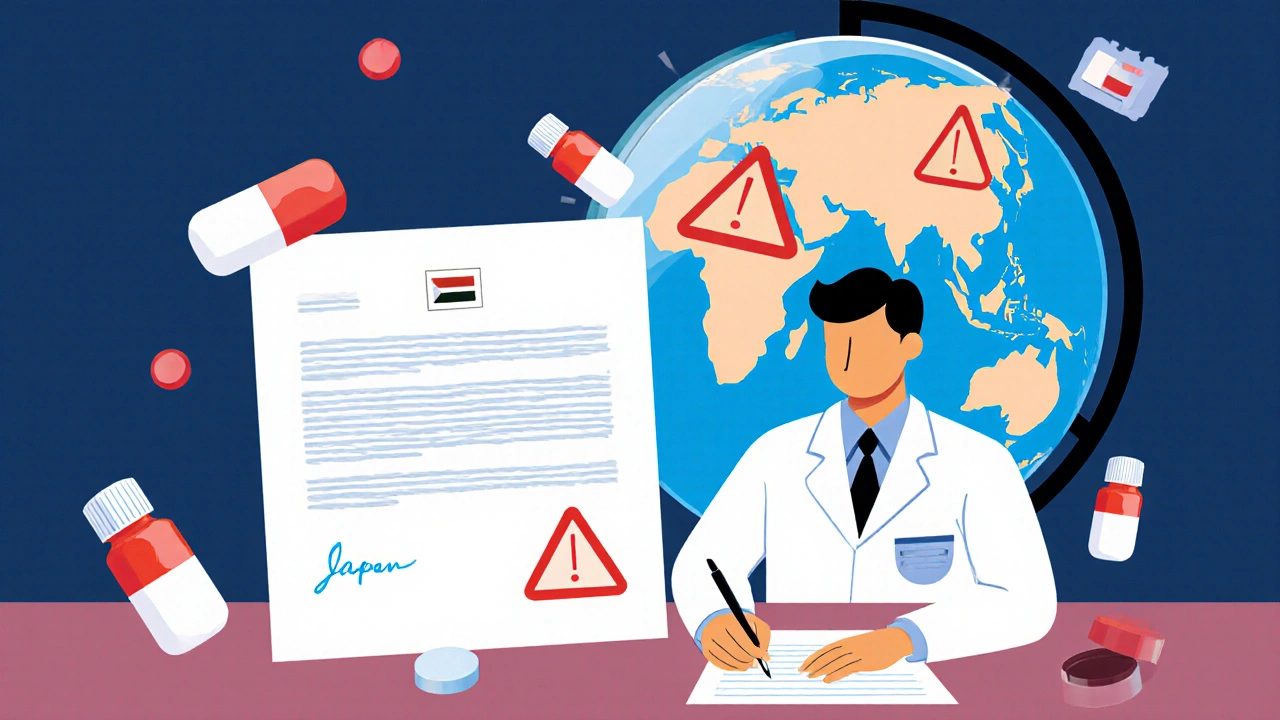
International Travel? Check the Country’s Rules First
Not every country lets you bring in U.S. prescriptions. In fact, 78 countries require you to have a doctor’s letter and sometimes even an import permit.
Before you book your flight, go to the website of the U.S. Embassy in each country you’ll visit - including layovers. Search for “medication” or “drugs.” For example:
- Japan: Only allows medications for personal use, with a maximum 30-day supply. No controlled substances without special permission.
- Thailand: Bans opioids unless you have a permit from the Thai FDA.
- United Arab Emirates: Even over-the-counter meds like Adderall are illegal. You need a prior approval letter.
Some countries will let you mail your meds ahead of time. Others require you to declare them at customs. Don’t guess. Check. The CDC’s Travel Health Notices update these rules regularly. If you’re unsure, email the embassy directly. They’ll respond.
Time Zones Are a Silent Killer
Jumping across time zones? Don’t try to “adjust” your meds right away. If you take a pill every morning at 8 a.m. Eastern Time, and you land in Tokyo at 9 p.m. local time, your body still thinks it’s 8 a.m. back home.
Here’s what to do:
- Stick to your home time zone schedule for the first 24 to 48 hours after landing.
- Then slowly shift your doses over the next few days until you’re synced with local time.
The American Academy of Sleep Medicine warns against changing your schedule too fast - especially for meds like insulin, seizure drugs, or blood thinners. A 3-hour shift is fine. A 12-hour shift? That’s risky.
What If You Lose Your Meds?
It happens. Bag gets stolen. Pill bottle breaks. You forget it on the plane.
Domestically? You’re covered. CVS, Walgreens, and Rite Aid all offer emergency 3-day refills if you have refills left on your prescription. You can also use MinuteClinic for a one-time renewal - they’ve done this for over 1,200 travelers in 2023 alone.
Internationally? Tougher. But not impossible.
- Find the nearest pharmacy. Show your doctor’s letter and prescription copy.
- Ask if they can fill it under your name and dosage. Some will - especially for common meds like metformin or lisinopril.
- If they say no, go to a hospital emergency room. Bring your letter. Say you’re a tourist with a chronic condition. Many will help.
- Use telehealth: Teladoc and other services can prescribe emergency refills in many countries if you have a stable medical history.
Pro tip: Save your pharmacy’s phone number and your doctor’s email in your phone. Even if you lose your wallet, you can still reach out.
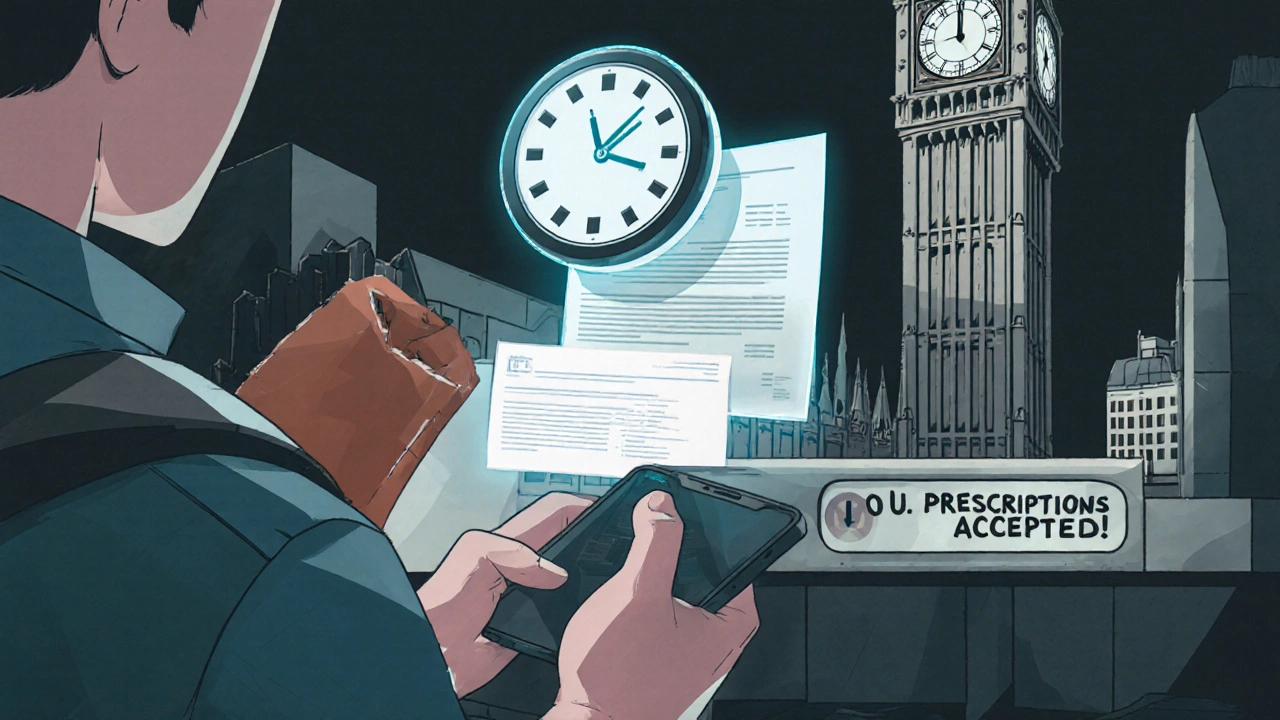
Use Tech to Stay on Track
Set reminders on your phone. Use apps like Medisafe or MyTherapy. They’ll ping you when it’s time to take your pills - even if you’re in a different time zone.
Also, download your pharmacy’s app. CVS, Walgreens, and Kaiser all let you see your refill status, request transfers, and even schedule pickups. If you’re in Europe and realize you’re running low, you can text your U.S. pharmacy to have a new script sent to a CVS near your hotel - if they offer international transfers.
UnitedHealthcare launched a new feature in November 2023: digital prescription verification. If you’re on their plan, you can upload your travel docs directly through their app. No calls. No waiting.
Insurance Isn’t Always Your Friend - Know Your Rights
Some insurers still fight vacation overrides. They say, “You’re not sick. You’re on vacation.” But here’s the truth: The Traveler’s Access to Medication Act of 2021 says they must provide early refills upon 72-hour notice.
If they deny you, ask to speak to a supervisor. Say: “I’m requesting a vacation override under the Patient Right to Emergency Refill Act.” That’s Kevin’s Law. It lets pharmacists dispense a 72-hour emergency supply if you’ve used 75% of your last refill.
And if your pharmacy says they’re out of stock? Call other locations. Chain pharmacies often share inventory. Or go to an independent pharmacy - they’re more likely to bend the rules for travelers.
Final Checklist: Before You Leave
- ✅ Get 90-day supply if possible
- ✅ Get doctor’s letter + notarized copy
- ✅ Print original prescriptions
- ✅ Check embassy websites for each destination
- ✅ Pack meds in two separate containers
- ✅ Keep one set in carry-on, one in checked luggage
- ✅ Save pharmacy and doctor contact info
- ✅ Set phone reminders for doses
- ✅ Know your insurance’s early refill policy
- ✅ Carry a list of generic names for your meds
Extended travel doesn’t mean giving up your health. With the right prep, you can go anywhere - and still take your meds on time. It’s not about being paranoid. It’s about being prepared.

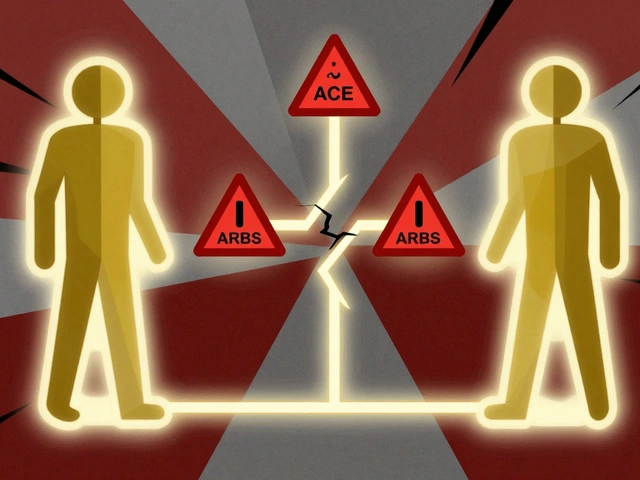


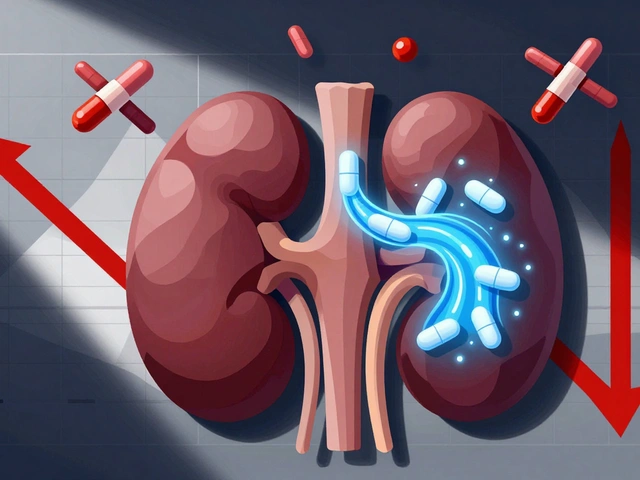
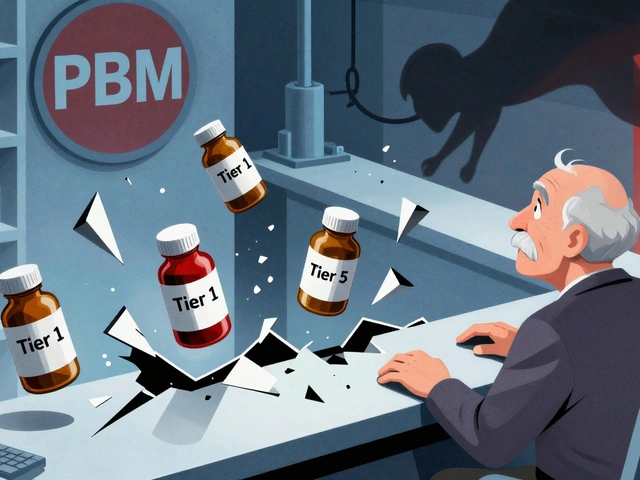


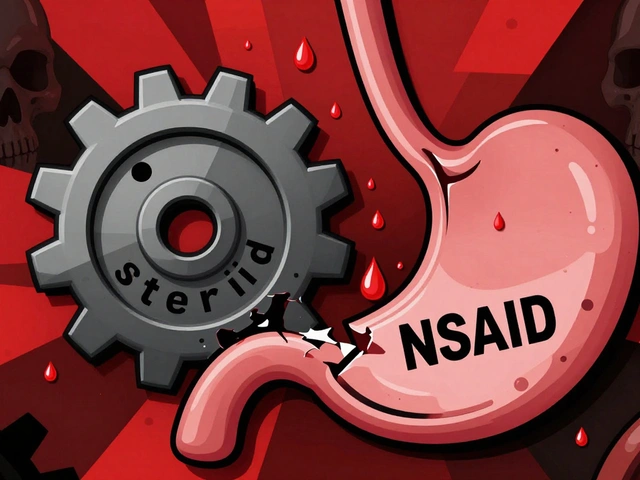
8 Comments